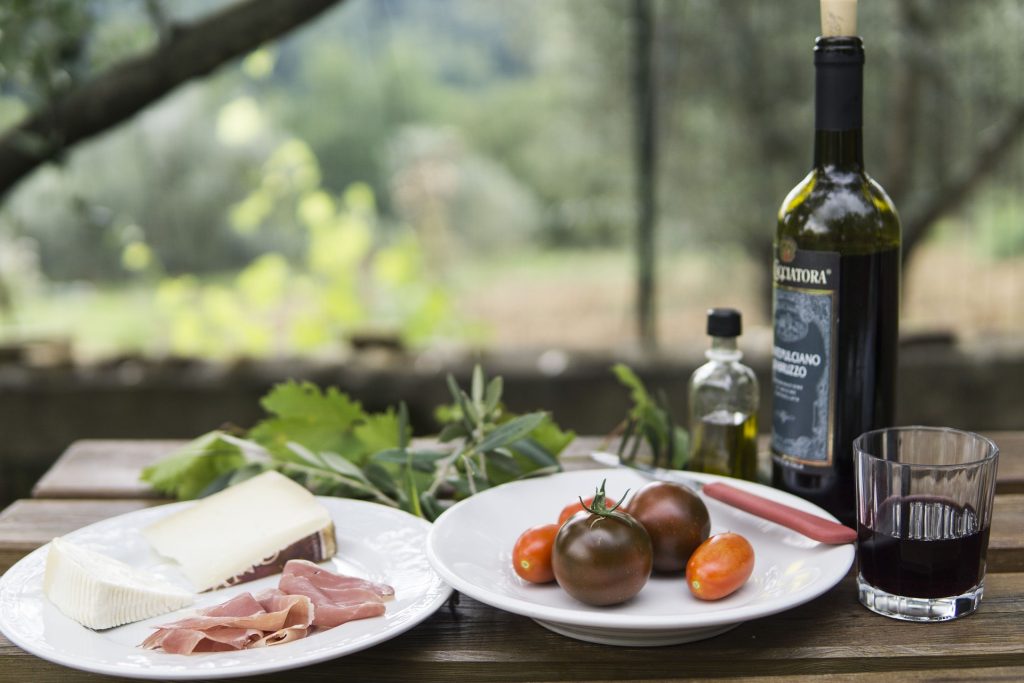Introduction
Proper storage and serving of red wine are essential to preserving its quality and enhancing the tasting experience. Whether you’re a casual drinker or a serious collector, understanding how to store and serve red wine can make a significant difference. This article provides practical tips for storing and serving red wine to ensure optimal enjoyment.
1. Storing Red Wine
The way you store red wine can impact its flavor and longevity:
- Temperature: Red wine should be stored at a consistent temperature, ideally between 55°F to 65°F (13°C to 18°C). Fluctuations in temperature can damage the wine and affect its aging process.
- Humidity: Maintaining a humidity level of around 60-70% is important to prevent corks from drying out. If the cork dries, air can enter the bottle, leading to oxidation.
- Light Exposure: Store red wine in a dark place, away from direct sunlight. UV rays can degrade the wine and alter its flavors. A wine cellar or dark cupboard is ideal for storage.
- Positioning: Store wine bottles horizontally to keep the cork moist. This prevents the cork from drying out and allows for a proper seal.
2. Serving Red Wine
Serving red wine at the right temperature and in the right glass can enhance the tasting experience:
- Serving Temperature: Red wines are typically best served slightly below room temperature, around 60°F to 65°F (15°C to 18°C). Lighter reds, like Pinot Noir, can be served slightly cooler, while fuller-bodied reds, like Cabernet Sauvignon, can be served at the higher end of this range.
- Choosing the Right Glass: The shape of the glass can influence the wine’s aroma and taste. Opt for a glass with a wide bowl that allows for aeration. This shape helps concentrate the aromas and enhances the overall experience.
- Aeration: Allowing red wine to breathe before serving can enhance its flavors. Pour the wine into a decanter or let it sit in the glass for a few minutes to allow oxygen to interact with the wine.
3. Tasting Red Wine
When tasting red wine, engage your senses for a fuller experience:
- Visual Inspection: Observe the wine’s color and clarity. Tilt the glass against a white background to assess its hue and intensity.
- Aroma Assessment: Swirl the wine gently to release its aromas. Take a moment to inhale deeply and identify different scents, such as fruit, spice, or oak.
- Flavor Profile: Take a small sip and let the wine coat your palate. Pay attention to the balance of sweetness, acidity, tannins, and alcohol.
Conclusion
Proper storage and serving techniques are essential for enjoying red wine to its fullest. By following these tips, wine enthusiasts can preserve the quality of their bottles and enhance their tasting experiences. Whether you’re enjoying a casual glass or hosting a formal tasting, these practices will help you appreciate the nuances of red wine.


